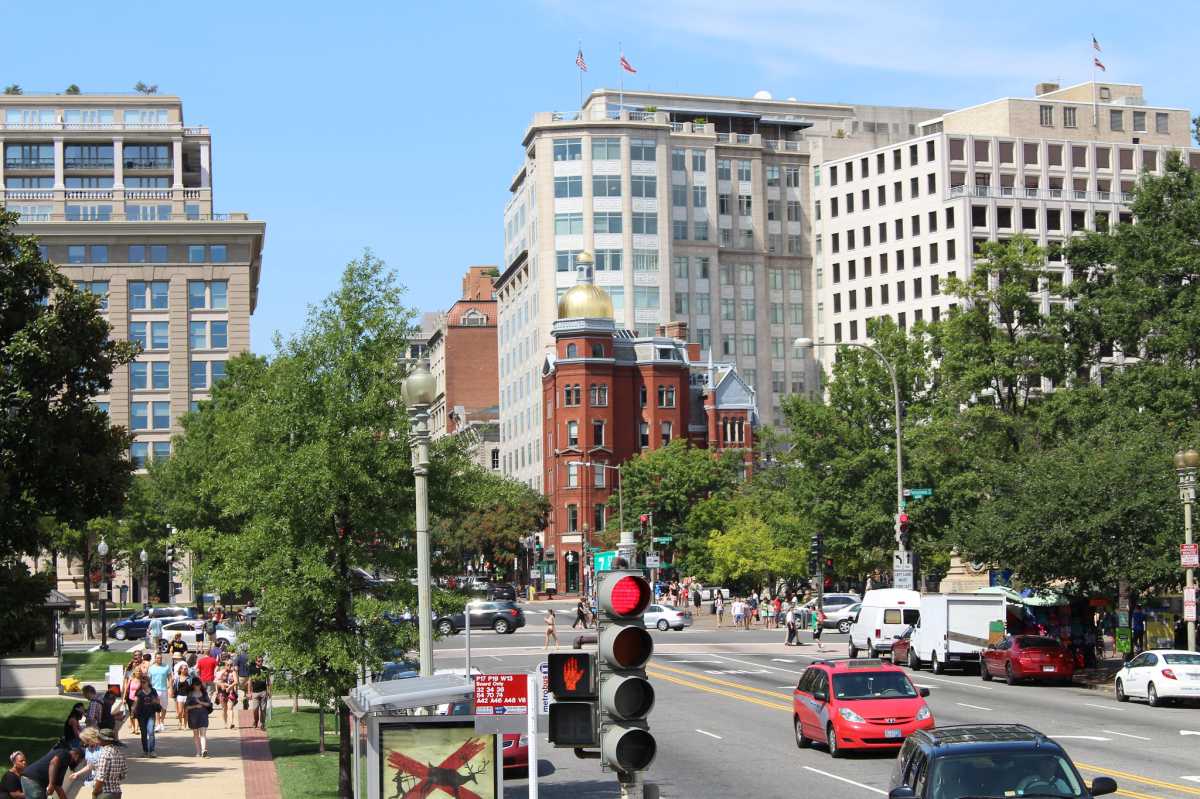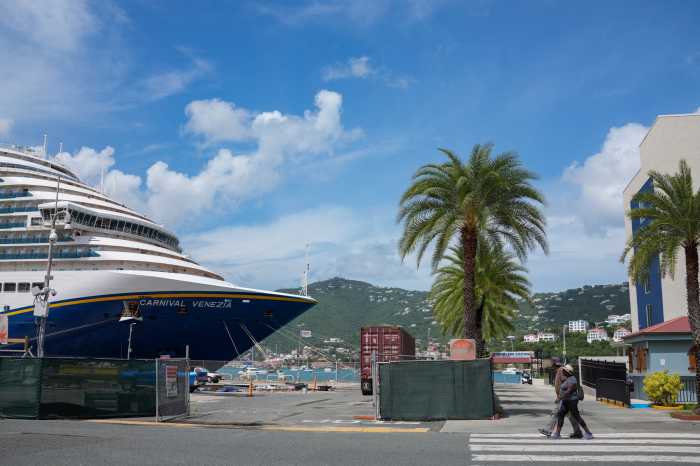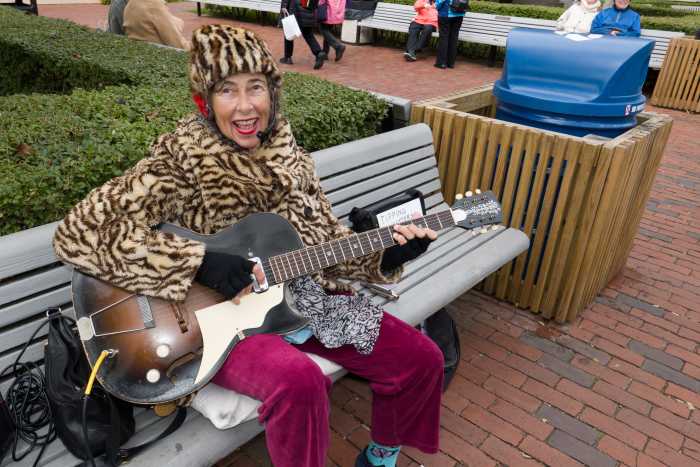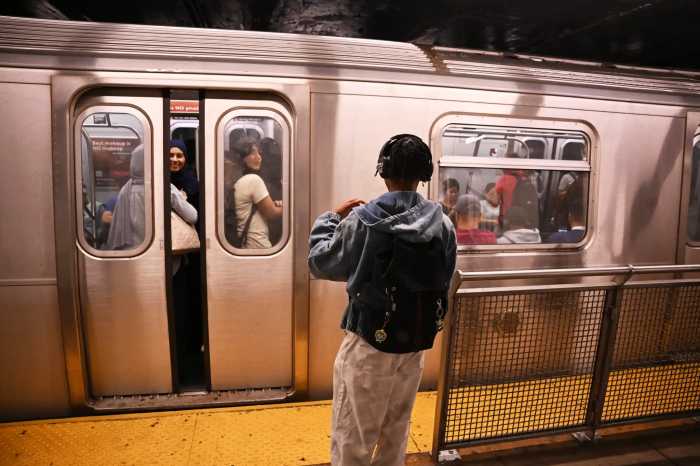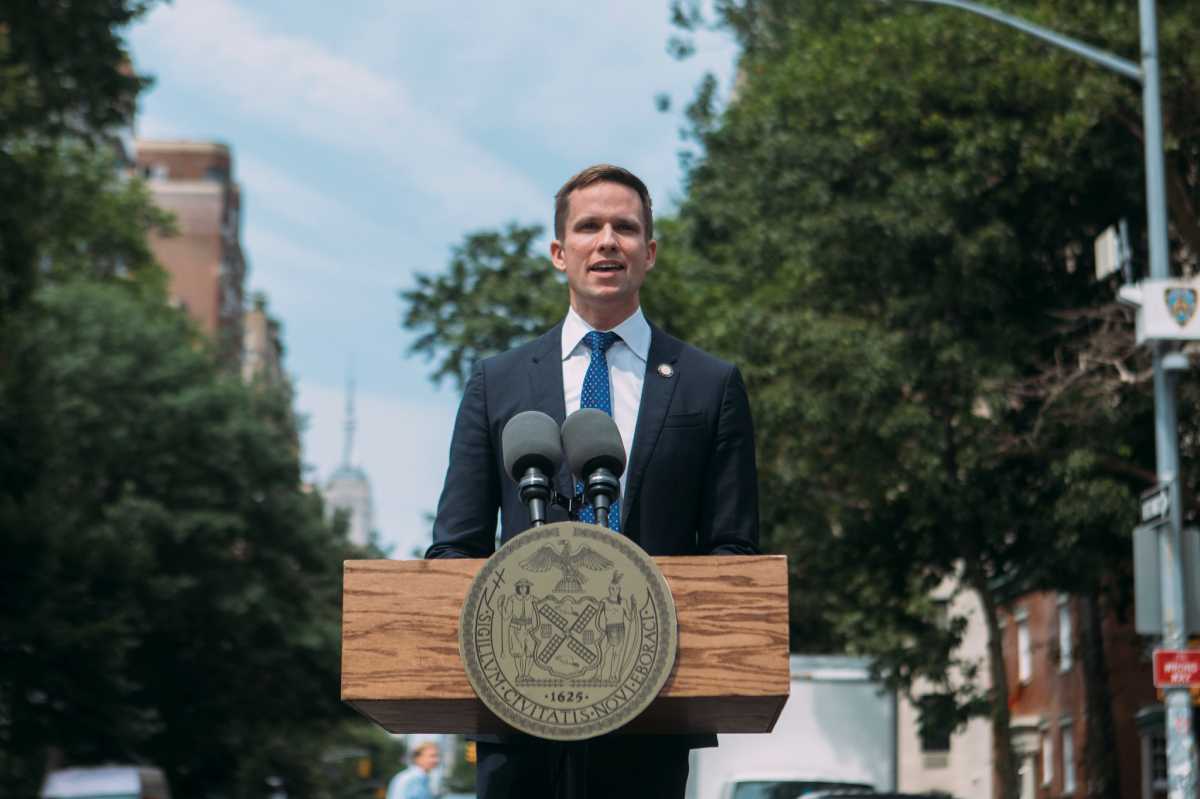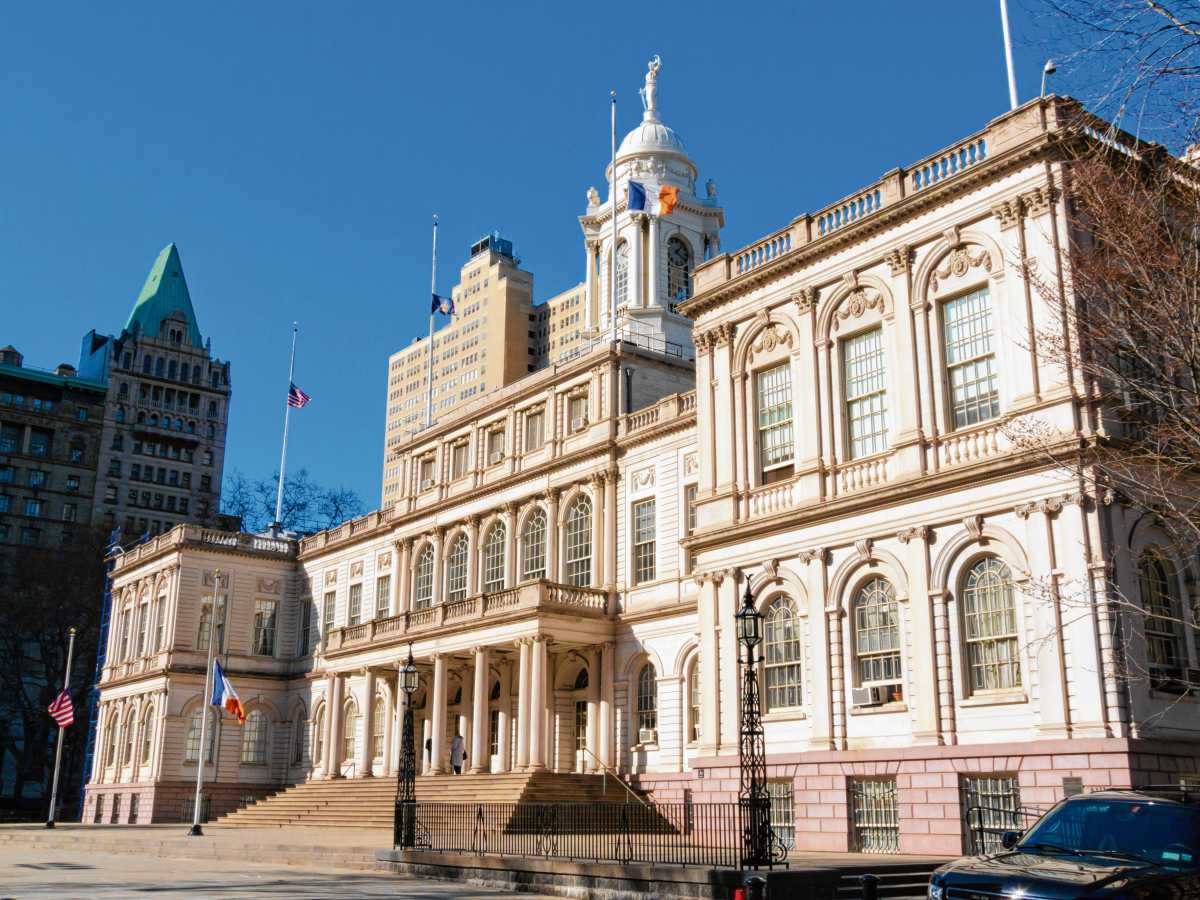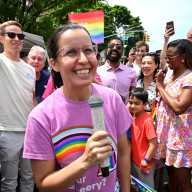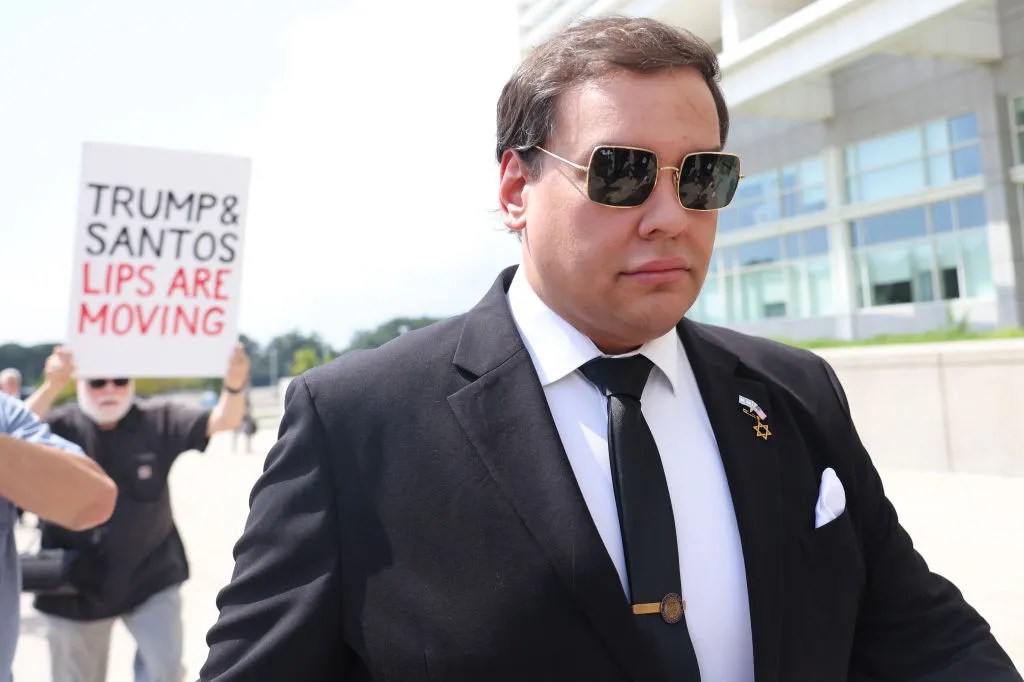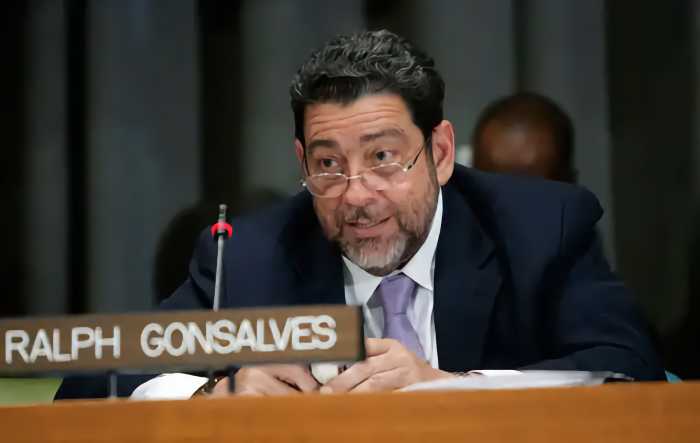Queer couples are more likely to live near coastal areas and urban population centers, which puts them at an elevated risk of experiencing the effects of climate change, according to research conducted by the Williams Institute at UCLA School of Law.
The Williams Institute combined US Census data with NASA and Federal Emergency Management Agency (FEMA) data to extract key takeaways about same-sex couples who live in counties where there are greater risks of environmental, infrastructure, and social problems stemming from climate change.
The 15 counties with the greatest share of same-sex couples are either in coastal or urban areas. Washington, DC, for example — which is the equivalent of a county — has the highest proportion of same-sex couples in any county in the country but also ranks high for risk of flooding, heat waves, and strong winds, according to the report.
The environmental risks faced by same-sex couples were also evident in a study that used Census data and air pollution data from the National Air Toxics Assessment to explore the correlation between same-sex households and cancer or respiratory illness. That research, according to the Williams Institute, showed that there were greater proportions of same-sex households in areas facing greater air pollution risks.
In another example, LGBTQ people were marginalized during the aftermath of Hurricane Katrina when they were often not recognized as official “families,” which led to problems when applying for relief aid as well as instances of family separation when people lost their homes — especially when much of the relief aid came from anti-LGBTQ religious organizations. According to the Williams Institute, two trans women of color were incarcerated after they used the women’s restroom at a shelter when they were escaping the hurricane.
Researchers offer five key recommendations that they say could reduce dangers in the future: Make sure disaster relief is free of discrimination on the basis of sexual orientation or gender identity; prioritize the expansion of green space and improve structural resilience; conduct further research on how disparities in housing, employment, and healthcare compound existing risk, especially for transgender individuals and LGBTQ people of color; ensure federal and state surveys include sexual orientation and gender identity data; and encourage NASA and FEMA to include LGBTQ people on the list of social groups facing greater vulnerability to climate change
“Given the disparate impact of climate change on LGBT populations, climate change policies, including disaster preparedness, response, and recovery plans, must address the specific needs and vulnerabilities facing LGBT people,” study co-author Ari Shaw, senior fellow and director of international programs at the Williams Institute, said in a written statement. “Policies should focus on mitigating discriminatory housing and urban development practices, making shelters safe spaces for LGBT people, and ensuring that relief aid reaches displaced LGBT individuals and families.”

